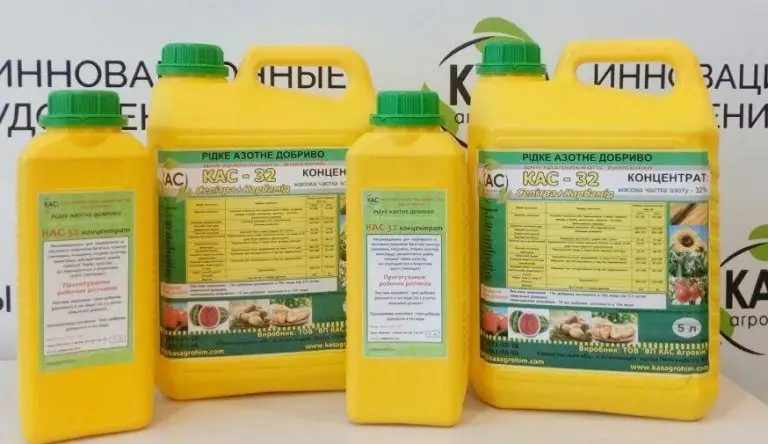2026 Author: Howard Calhoun | [email protected]. Last modified: 2025-01-24 13:10:47
Once, in 1669, a certain alchemist H. Brandt made the following experiment: he evaporated urine to dryness, mixed the resulting sediment with sand and coal, and then heated this mixture in a closed retort. As a result, he received a substance that had the magical property of glowing in the dark. This is how phosphorus was first obtained. More than three hundred years have passed since then, now this chemical element is widely used in various industries, as well as in agriculture. Let's talk about what the use of superphosphate can give at a summer cottage and how its varieties differ from each other. We hope this article will be very informative for all people who grow crops in their garden.

Fertilizer with the prefix "super"
The popularity of this substance is due to the fact that, firstly, it is non-toxic, resistant to fire and explosion, and secondly, it is suitable for almost any type of soil. The use of superphosphateallows you to get very high yields of corn, beets, potatoes, flax, vegetables, cereals and other crops. Moreover, experts recommend for good results to combine the use of this substance as part of the main top dressing with the addition of a small amount in the wells or rows immediately before sowing. By this time, you may already have a question about how much this fertilizer should be applied. Note that the use of superphosphate directly depends on the level of soil fertility, the use of organic additives and the crop being grown. In addition, the type of fertilizer used should be taken into account. For example, for vegetable crops, the average dose is 40-60 (when there is a simple one) or 20-30 grams per 1 m2 (if you plan to use double superphosphate).

The use of this fertilizer is recommended in areas where the yield depends on the content of sulfur in the soil, which plays an important role in the cultivation of oilseeds, cereals and legumes. It is better to apply superphosphate in rows - in this case, the phosphorus utilization rate is several times higher than when applied randomly before plowing. At the same time, this fertilizer should not be abused. Especially if we take into account that in 2-3 years the absorption coefficient of phosphorus in superphosphate is approximately 40%.
Composition and varieties

In addition to its main component, this fertilizer also contains nitrogen, sulfur,magnesium and calcium. Depending on the percentage of phosphorus absorbed by agricultural crops, superphosphate can be simple, double and enriched. The latter in its composition occupies an intermediate position between the first two. Today, this fertilizer can be purchased both in powder and granular form. In the first case, the use of superphosphate will cost the consumer much cheaper. Due to its easy mixing, this type of fertilizer is the best for composting. On the other hand, a powder preparation in certain cases brings less benefit than granular superphosphate. The use of the latter avoids caking, maintains good dispersion, and it contains more phosphorus (up to 22%).
Recommended:
Mullein fertilizer: how to prepare and use?

Mullein as a fertilizer is used to feed various cultivated plants as a source of organic matter. Under some of them, its fresh form cannot be used, since this leads to various deformities of the fruit, and also contributes to the accumulation of excessive amounts of nitrates. It is better to use rotted manure or humus
Give money to the card: what is it and what does it threaten. Bay on the map: reviews

What is the bay on the map? User reviews indicate that this is a fraudulent scheme that involves the transfer of money obtained by criminal means through bank cards of ordinary people. Is it worth getting involved with this, what does it threaten and what other risks does such activity carry?
Fertilizer when planting potatoes. Growing potatoes. The best fertilizer for potatoes when planting

The use of combined fertilizers requires experience, skills and knowledge. Try not to abuse them. Try to start using only such helpers as wood ash, forest humus, food compost. Such a fertilizer when planting potatoes has been proven for centuries
Why does the ruble depend on oil and not on gas or gold? Why does the ruble exchange rate depend on the price of oil, but the dollar exchange rate does not?

Many in our country are wondering why the ruble depends on oil. Why is it that if the price of black gold decreases, the price of imported goods rises, is it more difficult to get out to rest abroad? At the same time, the national currency becomes less valuable, and with it, all savings
What is CAS: fertilizer composition, types, release form, purpose and instructions for use

What is CAS? In order for garden and agricultural crops to develop well and give large yields, it is necessary, among other things, to use nitrogen fertilizers. The most popular type of such top dressing is CAS

